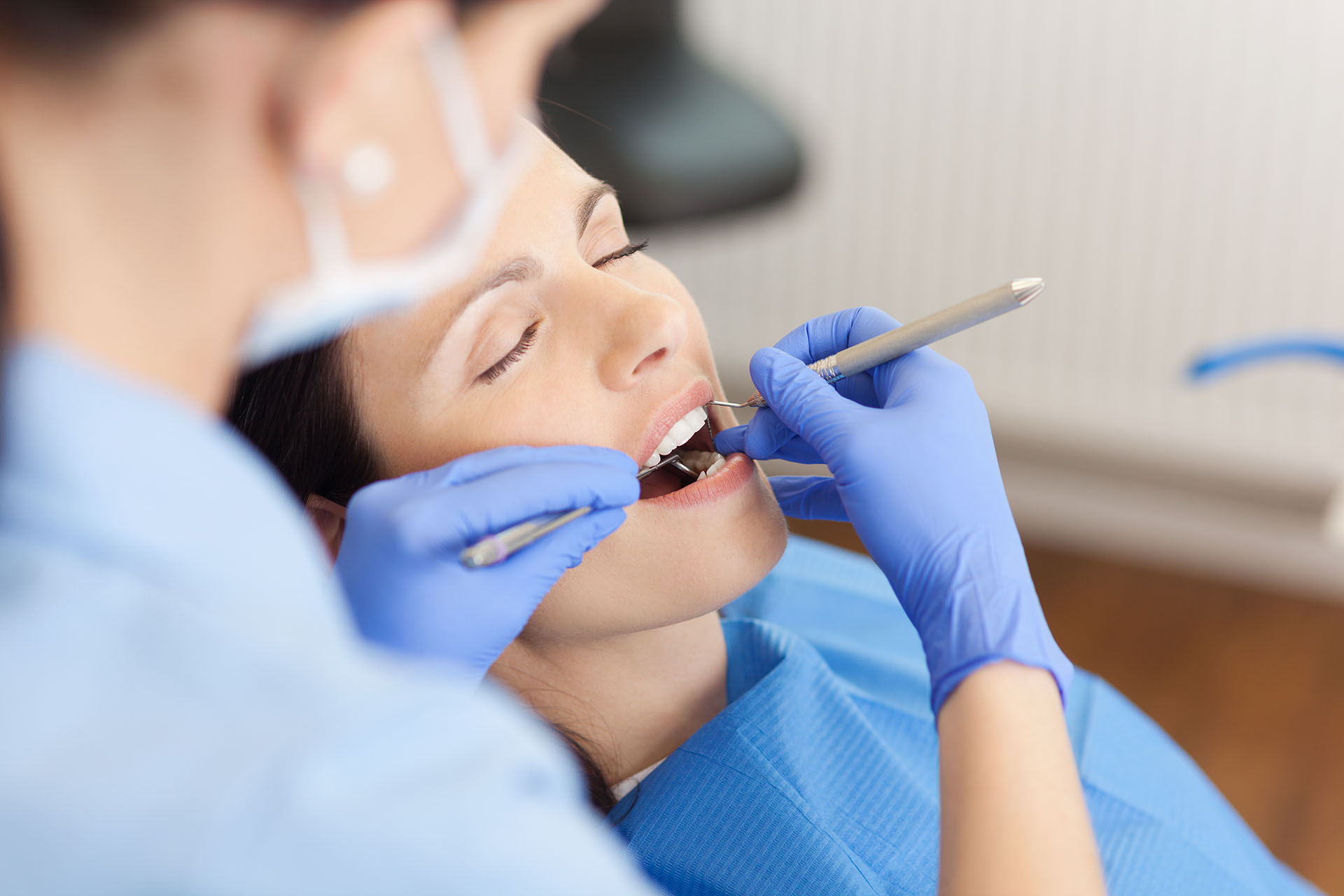Sedation Dentistry
Reducing anxiety for patients in the dental chair is a top priority for dentists. Sedation can be used in many types of dental procedures to make the dental experience more comfortable.
When is Dental Sedation Used?
In sedation dentistry, medications are used to relax patients. Many patients have a fear of going to the dentist or undergoing certain procedures, while others may have general anxiety disorder. Many people avoid going to the dentist (even when they’re in significant pain) because of this fear. Sedation helps people access the dental treatments they need to maintain their oral health.
Dentists may also use sedation for patients with specific conditions that can make dental work more uncomfortable, such as gag reflexes, sensitive teeth, a small mouth, or the inability to sit still throughout a procedure.
Sedation may be utilized in complex dental procedures, including:
• Root canals
• Tooth extractions
• Dental implant placement
• Periodontal surgery
• Other types of oral surgery
However, not all procedures require sedation. The level of sedation needed is usually determined by your dentist based on several factors, including the type and duration of the procedure, the invasiveness of the procedure, your current physical and oral health, and whether or not you tend to experience anxiety during dental work. Your dentist will discuss your options and all the associated costs and risks with you before your procedure.
Nitrous Oxide Sedation
Dentists may use nitrous oxide to sedate dental patients during a procedure such as a root canal or tooth extraction. Nitrous oxide is breathed through a mask to induce relaxation and to help manage pain.
What is Nitrous Oxide?
Nitrous oxide (N2O) is a colourless and odourless gas commonly known as “laughing gas.” It’s a form of conscious sedation that helps manage patients’ anxiety and pain during dental work.
The amount of nitrous oxide delivered to dental patients can be controlled and takes effect very quickly (usually within 2-3 minutes).
Different forms of sedation and general anesthesia can be used to achieve a range of effects:
- Minimal sedation makes you feel somewhat relaxed but leaves you conscious.
- Moderate sedation also leaves you conscious but very relaxed.
- Deep sedation will make you very sleepy but not quite unconscious.
- General anesthesia will make you completely unconscious.
Nitrous oxide is typically used for minimal to deep sedation in dentistry. It’s also commonly used by other health practitioners.





